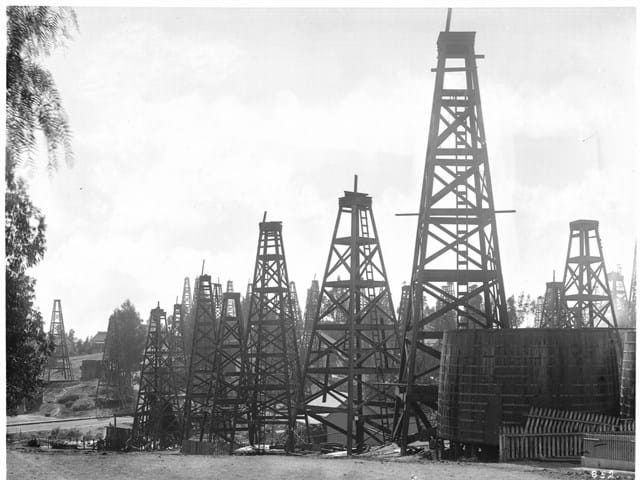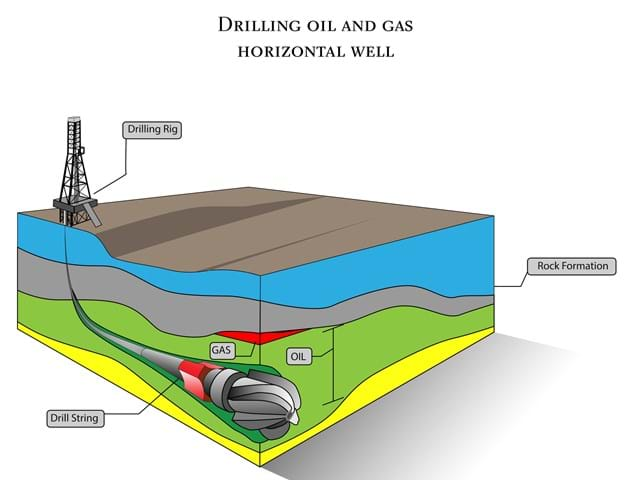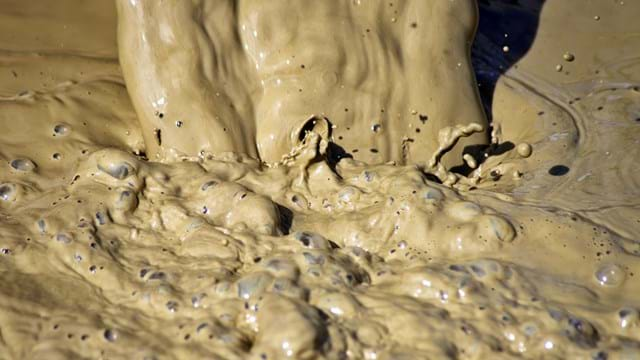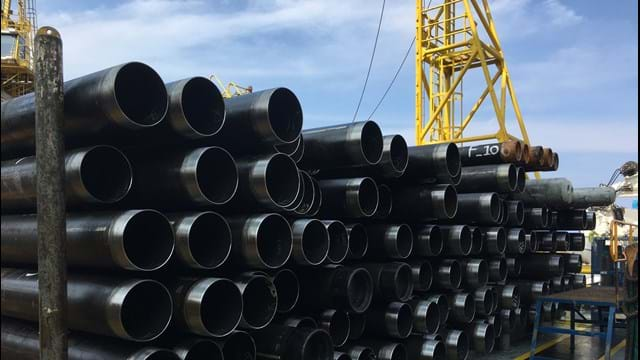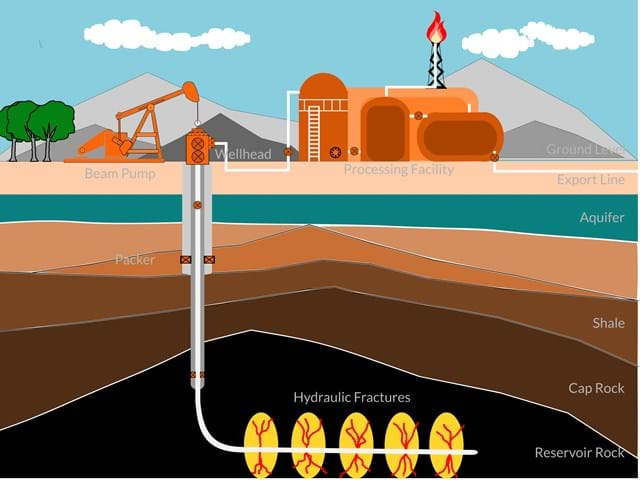2.2. Drilling mud development
Drilling mud types/purposes (use of our products)
First utilised during the drilling of the famous Spindletop Oilfield in 1900, drilling mud was invented to help remove the unconsolidated mixture of sand and clays debris generated by the drilling process. This mixture is very unstable, causing it to collapse on top of the drill bit and increase the difficulty of drilling operations. To resolve this issue, circulation of freshwater was introduced to aid in the removal of the debris. Freshwater mixed with the sand and clay formed a viscous solution that would be later coined as “mud” or drilling mud. The mud not only removed debris from the wellbore. It also formed a filmed layer on the sides of the wellbore that added to the stability of the hole. As time and knowledge progressed, the mud circulating systems became an integral part of all drilling rig operations. Drilling mud compositions became more complex over the years, and they are now custom-designed based on specific formation types, regions, and environmental requirements. The three most common types of drilling muds are water-based, oil-based and synthetic-based. Depending on location and local environmental regulations, any of the three types, or a combination, could be used during the drilling process.
Drilling mud systems are now not only used for removing debris. They also help improve drilling rates, control formation pressures and extend the life of drill bits by providing cooling and lubrication. Lignosulfonates are a natural fit for reducing the viscosity of water-based muds due to their water solubility and well-known proficiency for deflocculation. With appropriate dosage, our BioDrill TM products can assist in providing faster drilling rates.
Fluid migration – FLCA's (use of our products)
Fluid loss control additives, or FLCA’s, were developed to stabilise drilling muds faced with various challenges in the drilling process. FLCA’s reduce the tendency of drilling mud to flow into the micropores of a formation by forming a barrier called a filter cake. FLCA’s create filter cakes by physically plugging these pores themselves or acting as a clay deflocculant enabling clay particles to plug the pores. Failure to properly control fluid loss can result in irreversible changes to the drilling mud’s density and rheology, creating wellbore instability. Commonly used FLCA’s are clays, dispersants, and polymers.
Chemical issues – use of H2S scavengers
Hydrogen Sulfide (H2S) is an extremely hazardous substance encountered during some drilling options. Even in a relatively small concentration, H2S gases can be quite deadly. Beyond health hazards, H2S can also create costly corrosion damage to equipment due to its corrosiveness to metal. H2S scavengers are added to drilling muds to react directly with H2S, converting it to a more inert form. Read more about our solutions for H2S scavengers.


